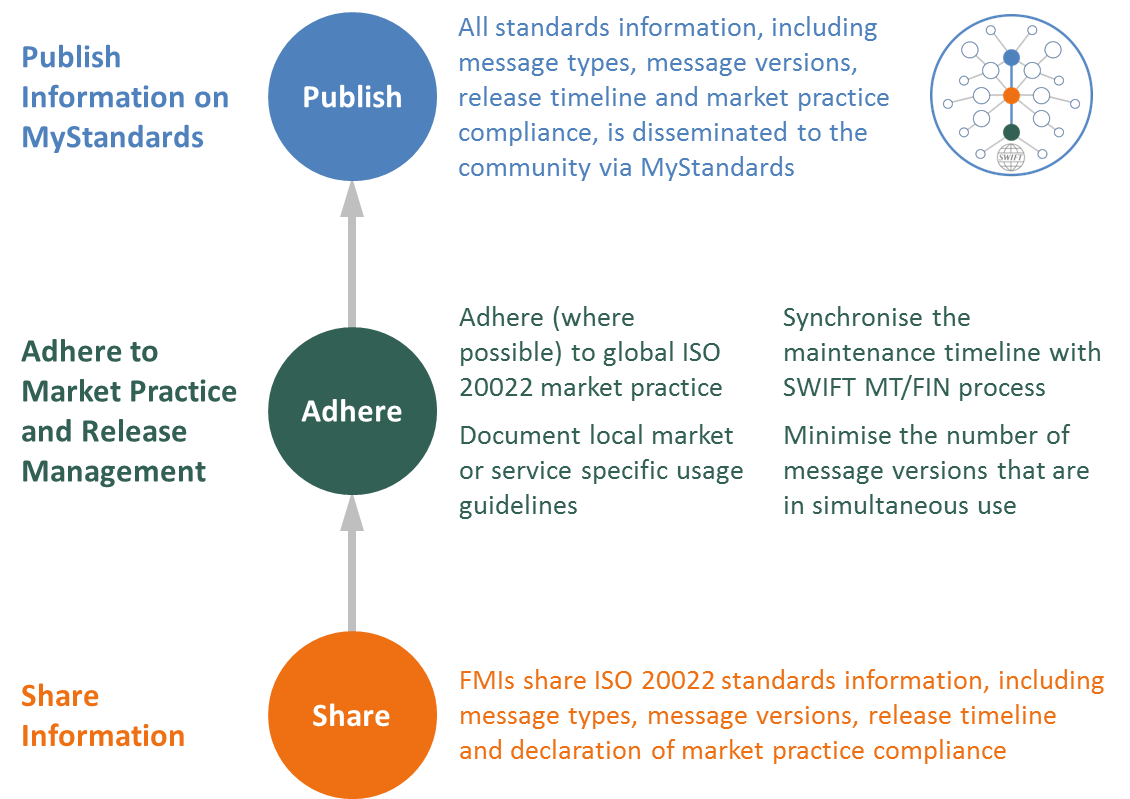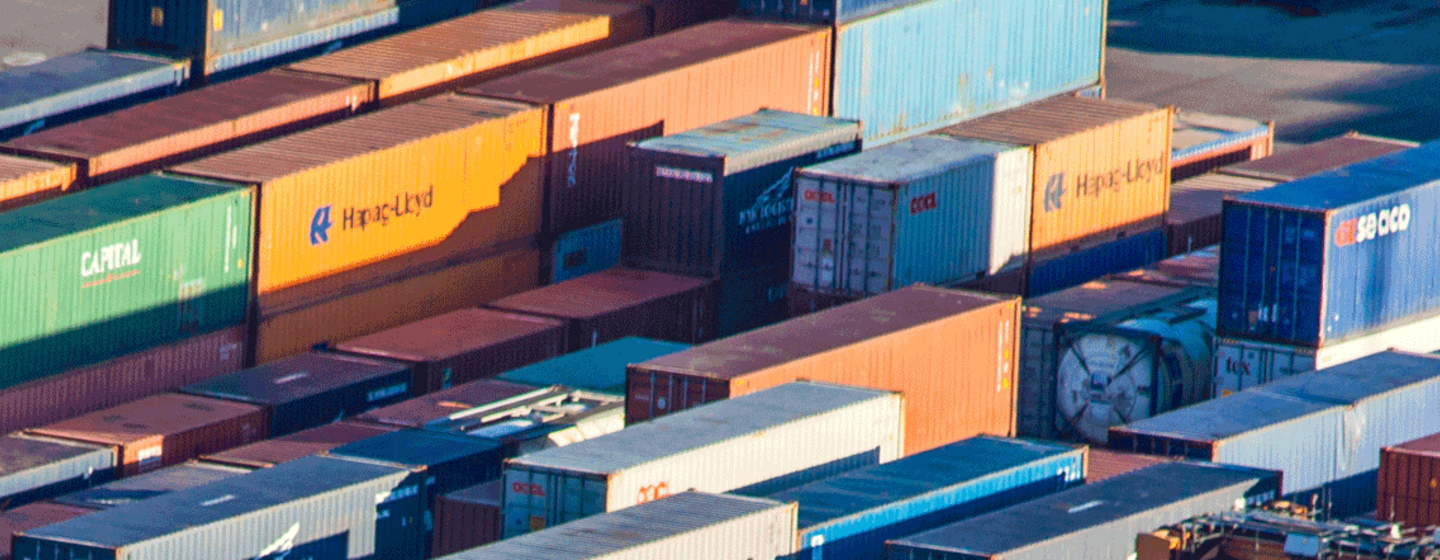Swift: • Publishes ISO 20022 harmonisation best practices • Publishes ISO 20022 Real-Time Payments message schemas in line with market practice on MyStandards • Launches market practice evolution for ISO 20022 High Value Payments messages
ISO 20022 has emerged as the default messaging standard for securities and payments market infrastructures (MIs) around the world.
However, as ISO 20022 implementations proliferate, the variability in the ways in which the standard is deployed, in terms of message versions, market practice rules and release cycles, threatens to undermine its value as a means to reduce industry cost and operational risk and enable interoperability.
To address this problem at an industry level, Swift has launched the “ISO 20022 Harmonisation Charter” in collaboration with a number of MIs.
To support the Charter, Swift has published the ‘ISO 20022 Harmonisation Best Practice Information Paper’ which examines each of the three best practice principles in more detail and considers the implications and benefits for stakeholders:
- Share information between MIs about ISO 20022 usage by publishing implementation information, such as message versions, on the common, central MyStandards tool;
- Adhere to global market practice where it exists. On MyStandards, MIs declare the global market practice to which they adhere, with any market-specifics as required by their communities;
- Introduce stricter message version control and release management. MIs publish their timetable for message standard upgrades, align (where possible) with the existing November-based Swift MT/FIN maintenance timeline, and stay up-to-date with new message versions.
The information paper reviews how these three principles ensure a consistent, aligned and efficient approach when MIs implement the ISO 20022 standard. This aims to reduce costs and operational risks for participant community by ensuring predictability and repeatability of development processes and timelines.
Click here for ISO 20022 Harmonisation Best Practice Information Paper.
oOOo
As specific real-life examples of these best practices in operation, Swift continues to actively support the evolution of ISO 20022 messages and market practice for Real-Time Payments and High Value Payments, both fully supported by MyStandards. See case studies below.
Case Study – Evolution of ISO 20022 Real-Time Payments Market Practice
Swift is actively supporting the ISO 20022 Real-Time Payments Group (RTPG) in order to develop market practice for end-to-end, retail real-time payments.
Starting with core set of ISO 20022 interbank payments messages, the RTPG has created usage guidelines and market practice that define how these messages should be used. This will enable communities adopting real-time payments to start from a commonly agreed foundation and ensure an aligned, future-proof implementation.
In April 2016, the ISO 20022 Registration Management Group approved the market practice for the first set of core interbank payments messages. This market practice and related documentation are freely available on the MyStandards industry platform and on www.iso20002.org.
The RTPG will continue to develop additional global market practice for the remaining messages.
Case Study – Evolution of Market Practice for ISO 20022 High Value Payments Systems (HVPS)
For HVP systems, such as Real-Time Gross Settlement (RTGS) systems, Swift continues to actively support the development of market practice through the HVP Task Force, sponsored by the Payments Market Practice Group (PMPG).
As each market moves to ISO 20022 at a different pace, the groups’ goal was to agree on common implementation guidelines to protect global interoperability across HVP systems, for transactions with a cross-border leg.
These ‘HVPS Guidelines’ were designed to support both a consistent implementation and backward compatibility with existing FIN MT messages by restricting the usage of ISO 20022 messages solely to those functionalities available in the existing FIN MT messages. This ‘like-for-like’ approach means that some ISO 20022 data elements have been restricted, e.g. code lists and field lengths.
The full set of HVPS implementation guidelines and related conversion rules between ISO 20022 and FIN MT have been published in MyStandards since summer 2015.
As HVP operators develop their plans to offer extended services, a new task force, called the “HVP+ Working Group”, has started work on an extended set of HVPS guidelines. The expected delivery date of this additional set of global market practice, called ‘HVP+’, is scheduled for release on MyStandards in Q4 2016 / Q1 2017.
As ISO 20022 implementations proliferate globally, variability in their deployment threatens to undermine its value as a means to reduce cost and risk and enable interoperability. The challenge posed by this fragmentation cannot be addressed piecemeal; only coordinated action at an industry level can provide a solution.
ISO 20022 Harmonisation Best Practice Principles



